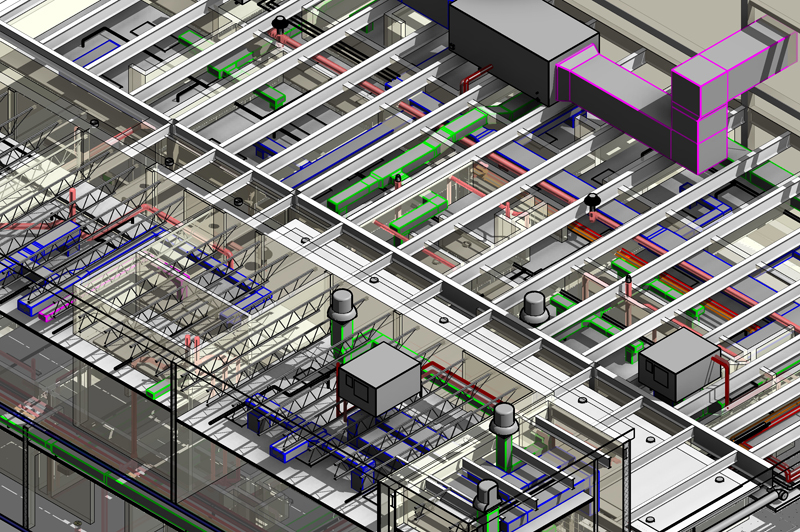How Cost Estimation is performed in Building Information Modeling Services?

BIM services have introduced new approaches in creating effective building designs as well as 3D building models. Cost estimation in BIM services happens to be a 5th-dimensional analysis of any building model. It is a very important part of the building information modeling process. Accurate cost estimation of any building construction project helps in determining the scope as well as bidding amounts for that project and assists in saving unnecessary project expenses. BIM applications enable Engineers in storing all project related data within a single document that helps them in performing effective cost estimation and computation.
Advantages of Cost Estimation in any Construction Project
Take-off Quantities Cost Estimation: Architects prepare building designs and take-off quantities calculations along with cost estimation are generally performed by Estimators. Earlier, Estimators performed cost estimation by converting ordinary paper drawings into CAD drawings and then they did manual take-off from these CAD drawings. This method was not so beneficial for estimators because there was always a chance of getting man-made errors. Hence, the old process was not so efficient in estimating project cost precisely.
Building information modeling or BIM services have successfully overcome the limitation of the old process. BY analyzing BIM designs or models, Estimators can conveniently generate the take-offs, count and calculate the quantities as well as cost. They can also effectively prepare a chart which includes all needful information about all required amount of materials, which types of materials will be used (e.g. column, rebar, steel bar, etc.), how many times each type of materials will be used, etc. All the take-off quantities related data can always be consistent with the BIM designs.
If any modification is done in any BIM model or design, all the changes will be automatically updated in all related construction documents, material take-off quantities, schedules, and calculations. For example, if a design consists of total 10 materials of A type and B type. A number of A-type materials are 4 and B type is 6. Cost per A type material is 10$ and B type is 20$. So, total cost is: 10*4 + 20*6 = 160$. If someone adds 4 more A types materials, then the overall cost will be: 10*8 + 20*6 = 200$ and this change will be automatically in all required places.
BIM software’s like Revit, AutoCAD take building designs as inputs and effectively calculate the total cost required for take-off quantities which is an important part of the overall project costs. The total cost is determined based on the established rate of each type of material and how many times all these materials will be utilized for constructing a building.
Take-off quantity costs consist of costs of the total number of rebar, formwork costs, concrete materials costs and costs for cladding and surface finishing. Various takeoff formulas are applied for cost estimation. Hence, material quantity take-off is a very essential part of estimating costs because it assists Estimators in ideating desired construction materials.
Resources Cost Estimation: BIM designs or models also enable estimators in determining required numbers of labors, contractor’s equipment and other resources such as various mechanical tools, nuts, and bolts, screws, woods, plywood, etc. for constructing any building. From the estimated information about resources, Estimators can perform cost estimation that will be required for resources.
Cost estimation based on Time: Time factor plays an important role in any construction project. Cost estimation for a construction project also depends on time i.e. how much time will be required for accomplishing a project. Time and the number of labor vary disproportionately. For example, if the number of labors required for accomplishing a project in 1 month will be always higher than the number of labors required for accomplishing the same project in 6 months.
The time for performing cost estimation depends on the project size as well as estimator’s capability. BIM provides enormous advantages in estimating construction cost. It significantly helps in reducing costs, saving time, eliminating human errors, increasing project productivity and improving overall accuracy.